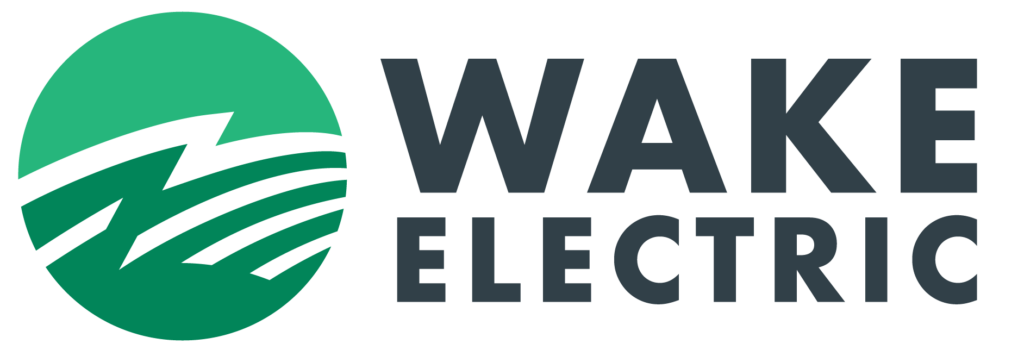Time of Use from a Member’s Perspective
Read more about our Time of Use rate
Learn more or sign up for our Time of Use rate trial
Transcript
My name is Mark Kwasnick, and I’ve lived in Wake Forest, the zip code. I’ve been a member of Wake Electric since 2013.
What drew your interest towards the Time of Use rate?
I felt like I could live—you know, two hours a day—with just turning some stuff off. And the savings comparison really kind of spoke to me.
How much, on average, are you saving on the Time of Use rate?
I’ve been looking at my bills and following it – it’s usually about 17%.
What behaviors have you changed to help maximize your savings?
When you’re not running—you know—two heat pumps and a well pump, you’re going to save money. Especially when you do run it, and the cost is 8 cents per kWh vs. 11 cents.
What would you recommend to other members considering switching to the Time of Use rate?
I would say a couple of things, right? First is, if you look at the app (SmartHub), you can pretty much tell where your load is. If all your energy usage is in those two hours, it’s probably not a good idea. But I suspect that you’ll look at it and you’ll see that your energy usage is spread across the day. Maybe it’s not where you think it is.
How does SmartHub help you decide if you’re a good candidate for Time of Use?
I think that the SmartHub [app] is so important bec
ause it lets you see basically if your usage is really centered around those two hours or not.
What specific features in SmartHub have you used and benefited from?
I really like the hour-by-hour view. In addition to the hour-by-hour view, if you kind of look at the bottom, there’s a breakdown of how much – kind of a rough categorization of always on and lighting, a pool, for instance, or heating, air conditioning. It breaks down where your bill is going, and I think that can kind of help you zoom in on what to turn off or not use during that time to maximize your savings.
What are some big energy users within the home?
Electric heating and air – if you’ve got that – the dryer, electric dryer is a huge user. So don’t use that during the time of use period, and you’re really going to significantly help your saving. And if you’ve got a water heater, electric water heaters use significant energy as well. So if you can basically time them around that [avoiding on-peak hours], you can add a timer to it. You can save, again, significant money.
What motivated you to share this information with other members?
Honestly, because I’ve kind of talked to people and I’ve heard some things like, you know, you think you’ll get locked into or you think it’s some hardware you install, or someone takes control away from you, but it’s really not. And I kind of wanted to articulate that because, honestly, when you’re talking about just saving money by accepting something that’s completely optional, that really should matter for a lot of people.
What do you think is important for other members to hear from you?
I work with people kind of around the North Carolina area. Some people are with Wake Electric, some are not. One thing I’d say is interesting is Wake Electric’s Time of Use plan is actually pretty competitive. Some of my further west coworkers, their Time of Use plan is not as competitive. In fact, the [on-peak] window is six hours or something.
Why was switching to Time of Use important to you?
I’m here because I think it’s not just a sales thing. Like when it comes to electricity, right? It’s not an optional thing in your life. You have to – you will consume electricity. If you live in the United States, you will consume electricity. And taking control of how you do that, I think, is really important.
